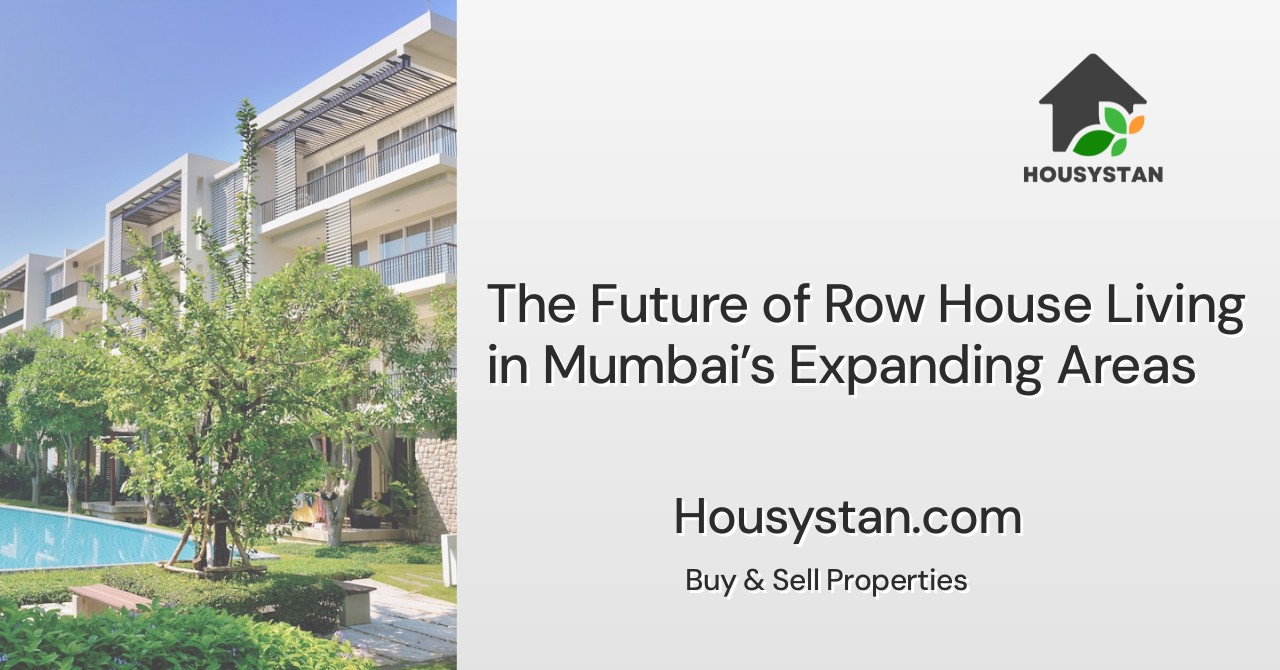The Future of Row House Living in Mumbai’s Expanding Areas
Read latest blogs and articles from Housystan

The Information mentioned here was last updated on:
4/12/2025The future of row house living in Mumbai’s expanding areas promises a dynamic blend of modern comfort, community spirit, and smart investment opportunities. As the city’s population continues to grow, people are increasingly seeking alternatives to high-rise apartments, leading to a renewed interest in row houses across emerging neighborhoods like Panvel, Kalyan, Thane, and Navi Mumbai. These regions, once considered far-flung, are now hotspots for residential developments thanks to improved infrastructure, better connectivity, and expanding job markets.
Row houses in Mumbai’s peripheral zones offer residents a unique lifestyle. Unlike cramped city flats, these homes provide more space, privacy, and a sense of individuality. Families can enjoy personal gardens, private terraces, and dedicated parking—amenities rarely available in typical apartment complexes. This shift appeals to homebuyers who value comfort without sacrificing proximity to urban conveniences.
Developers are responding to this demand by crafting innovative row house projects that integrate eco-friendly features, modern architecture, and community-centric amenities. Solar panels, rainwater harvesting systems, and landscaped parks are becoming standard, reflecting a shift towards sustainable living. These thoughtful additions not only reduce the environmental footprint but also enhance property values, making row houses an attractive option for both residents and investors.
- Verified Tenants/Buyers
- Unlimited Property Listing
- Zero subscription/charges fee
Affordability is another key factor driving the popularity of row houses in Mumbai’s outer zones. Compared to central city locations, these emerging areas offer competitive pricing, making homeownership accessible to a broader segment of the population. With ongoing infrastructure projects like new metro lines, expressways, and commercial hubs, connectivity is set to improve further, ensuring long-term growth and appreciation for properties in these regions.
In summary, the future of row house living in Mumbai’s developing locales is bright. By combining spacious layouts, modern amenities, sustainable features, and strategic locations, these homes cater to evolving needs. For those seeking a balanced lifestyle, strong community ties, and sound investment prospects, Mumbai’s expanding neighborhoods present the ideal environment for embracing the row house lifestyle.